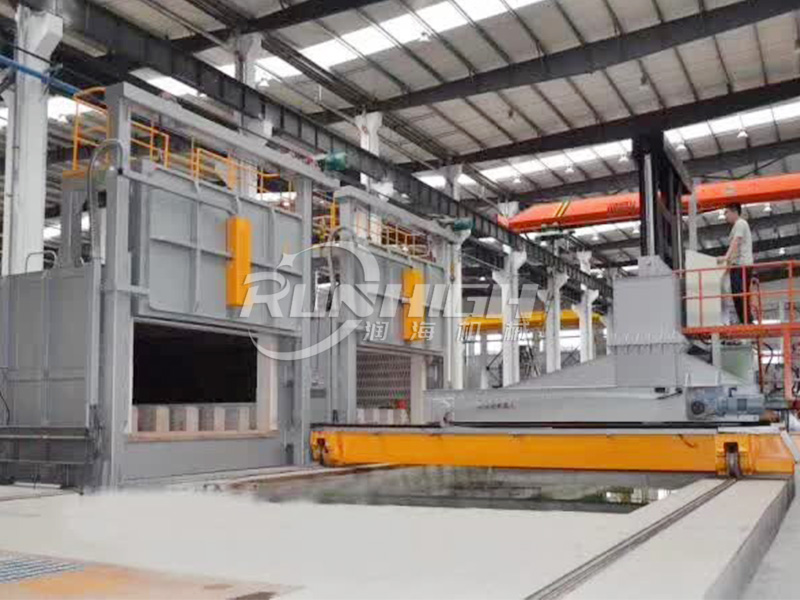quenching furnace and other types of furnace is different, it is according to the specific requirements of customers specially designed a non-standard electric furnace, mainly used in the aluminum industry of various workpiece quenching and heating and other heat treatment. When we usually operate the quenching furnace, how many problems will be encountered, and these problems may not be solved if they are not experienced personnel, then what are the faults of the quenching furnace? What are the parts that are prone to failure?

1, quenching furnace does not discharge material
If the quenching furnace does not discharge material, it is necessary to check whether the quenching kiln door is raised in place; Whether the launching elevator is in place; The car is not in place.
2, the quenching furnace door is not in place
Check whether the furnace door is open; There is no signal on the lift-in switch to the PLC; Lift solenoid valve is not operating.
3. Car failure
The car aging furnace in place must be the car has material and the unloader has risen into place, if the car has material but does not go, then it is necessary to check whether the switch is effective and whether the motor is overloaded.
The car quenching furnace in place must be the car without material, if the car has no material, do not go to the quenching furnace, it is necessary to check whether the switch of the car is blocked by debris, but also to check whether the motor is overloaded.
4, launching and car unloading rod
If the launching and unloading roll does not move, check whether the trolley is in place; If the material of the trolley discharge rod is already on the car, but it has not stopped, it is necessary to check whether the trolley switch is damaged.
5, aging fast forward, aging fast forward platform and furnace door failure
If the aging platform roll does not move, check whether the discharge elevator is in place and the trolley aging furnace is in place; Aging fast advance, check whether the aging furnace door is in place,